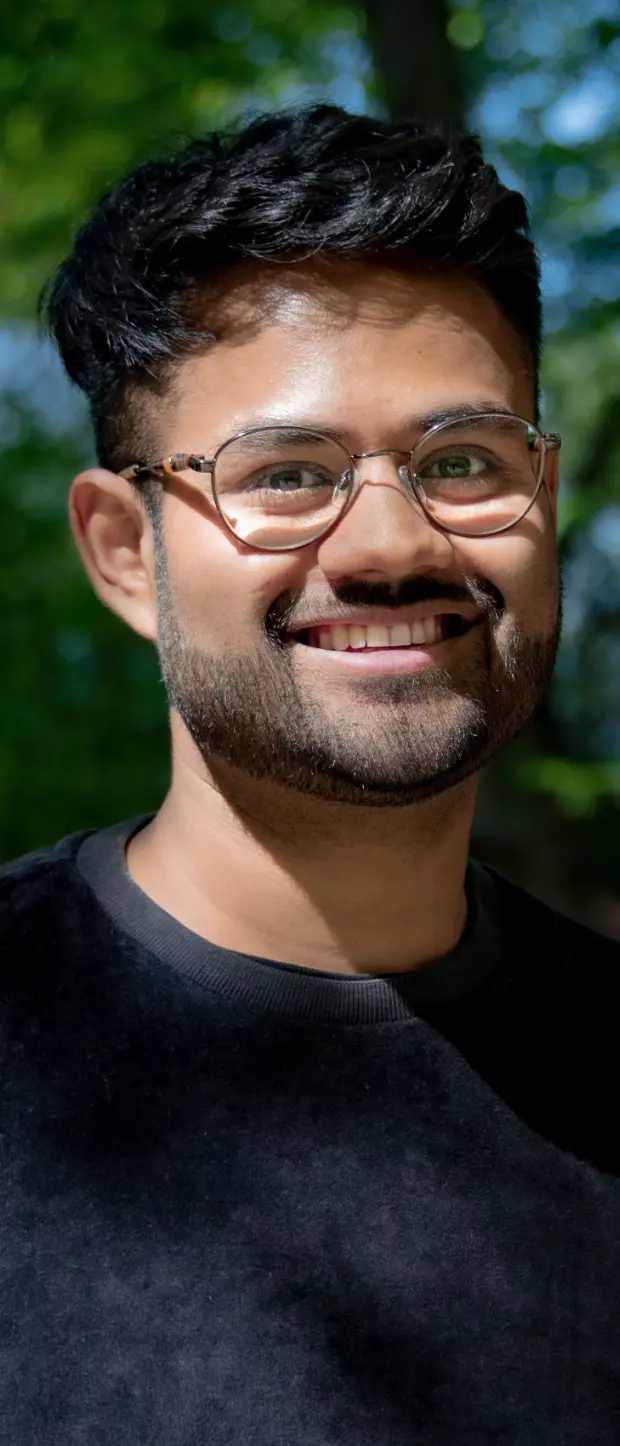
Hi, I'm Sai.
I'm a data scientist, artist, and wildlife nerd.
A few things about me...
📚 I really value and enjoy continuous learning.
🎓 I studied Economics and Management at Oxford.
💻 I taught myself computer programming while working in London as a Research Analyst at an investment bank. We advised clients investing in Emerging Markets, and represented my team at the 2018 IMF/World Bank conferences in Washington D.C.
🚀 I spent a year in the New Entrepreneur's Foundation's accelerator program to step into the world of tech and start-ups. This led me to completing an MBA with Quantic School of Business & Technology fully online and a 12-week Product Management programme with Cornell University.
🛫 In 2021, I moved to Berlin, where I worked at WeShare, Volkswagen's 100% electric car-sharing startup making cities easier to get around and more green.
🛫 I've since moved to back to London, and founded ThinkDivergent, to solve the urgent crisis faced by UK's healthcare system in addressing the massive demand for ADHD diagnoses, backed by Zinc, an impact VC.
Current interests
🤖 I'm diving into the world of generative AI models. Here's a chatbot I built for visitors to ulluri.com to ask questions about me.
🐊 I'm also building an educational game about wildlife conservation for MacOS. Here's an early sneak peek!
My goals for 2025
💷 Turn a profit with ThinkDivergent
💻 Ship more side-projects
👋🏾 Meet more interesting people (let's have a chat? 📅)
